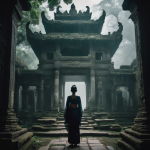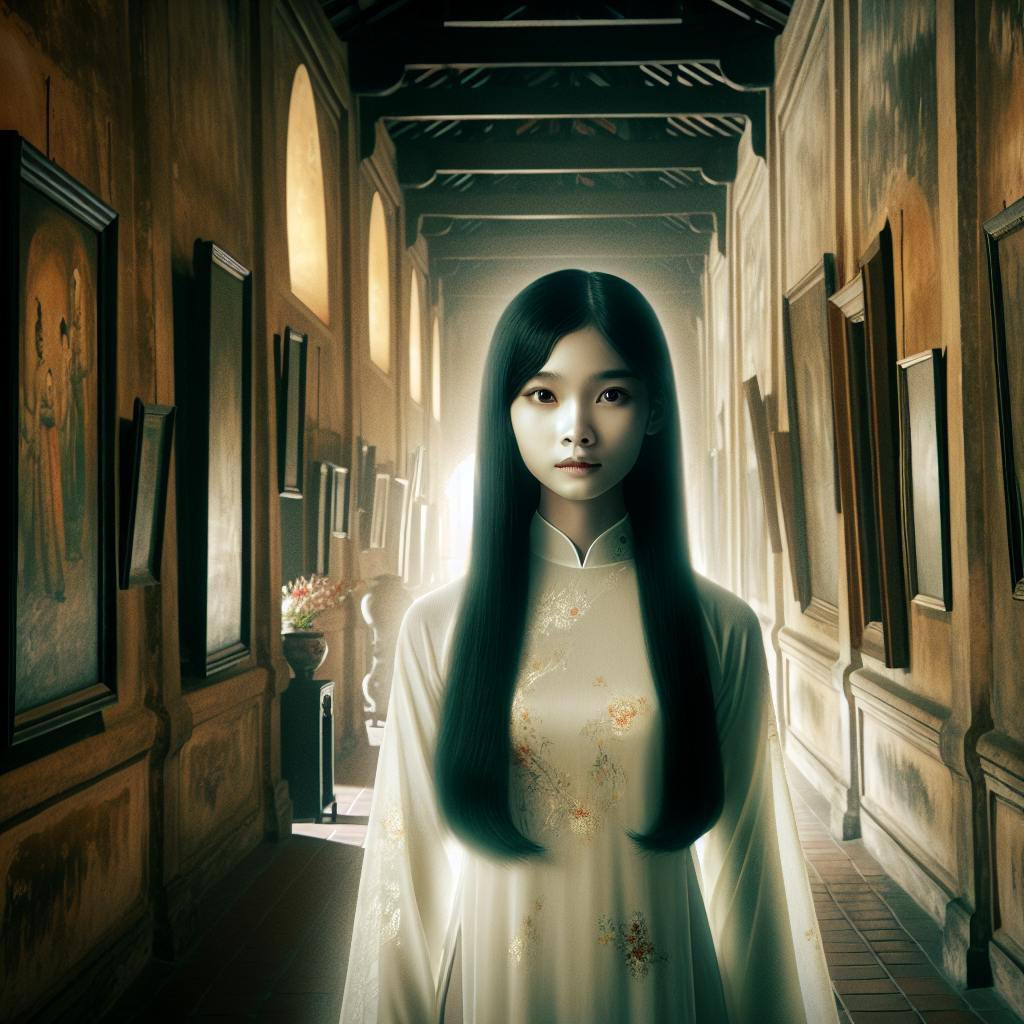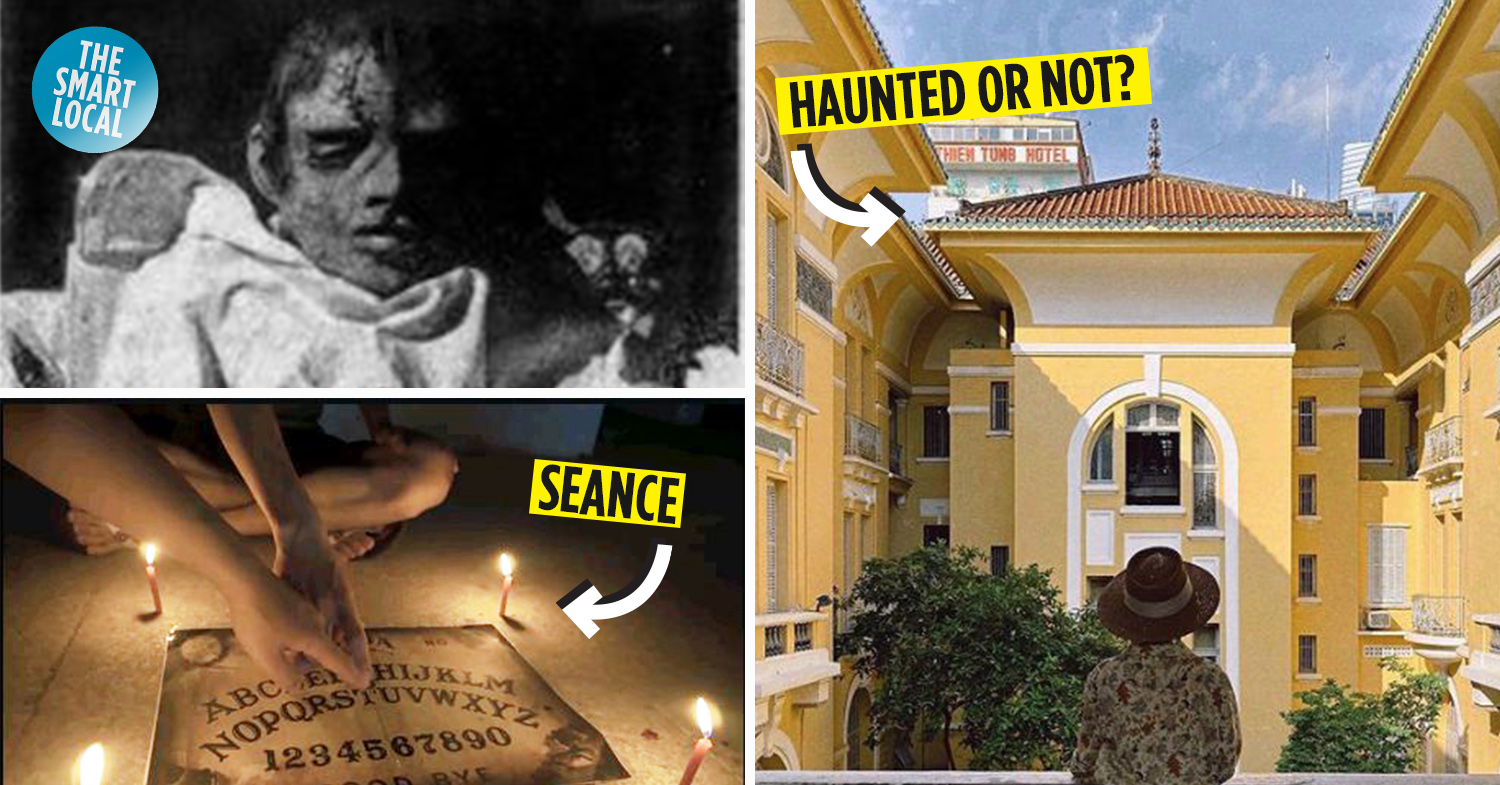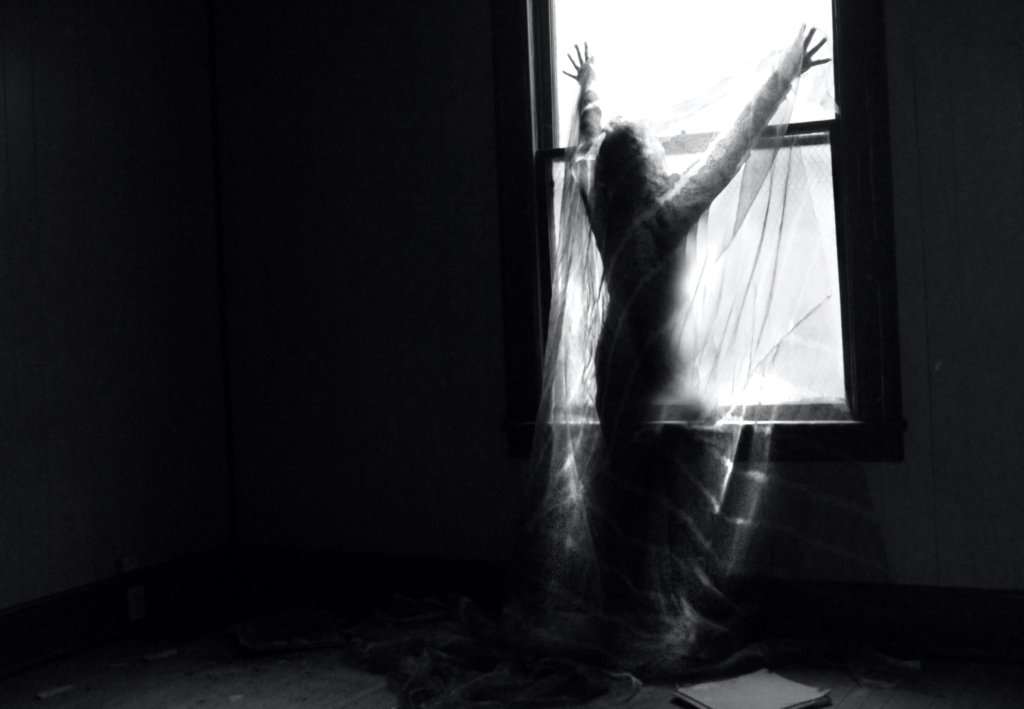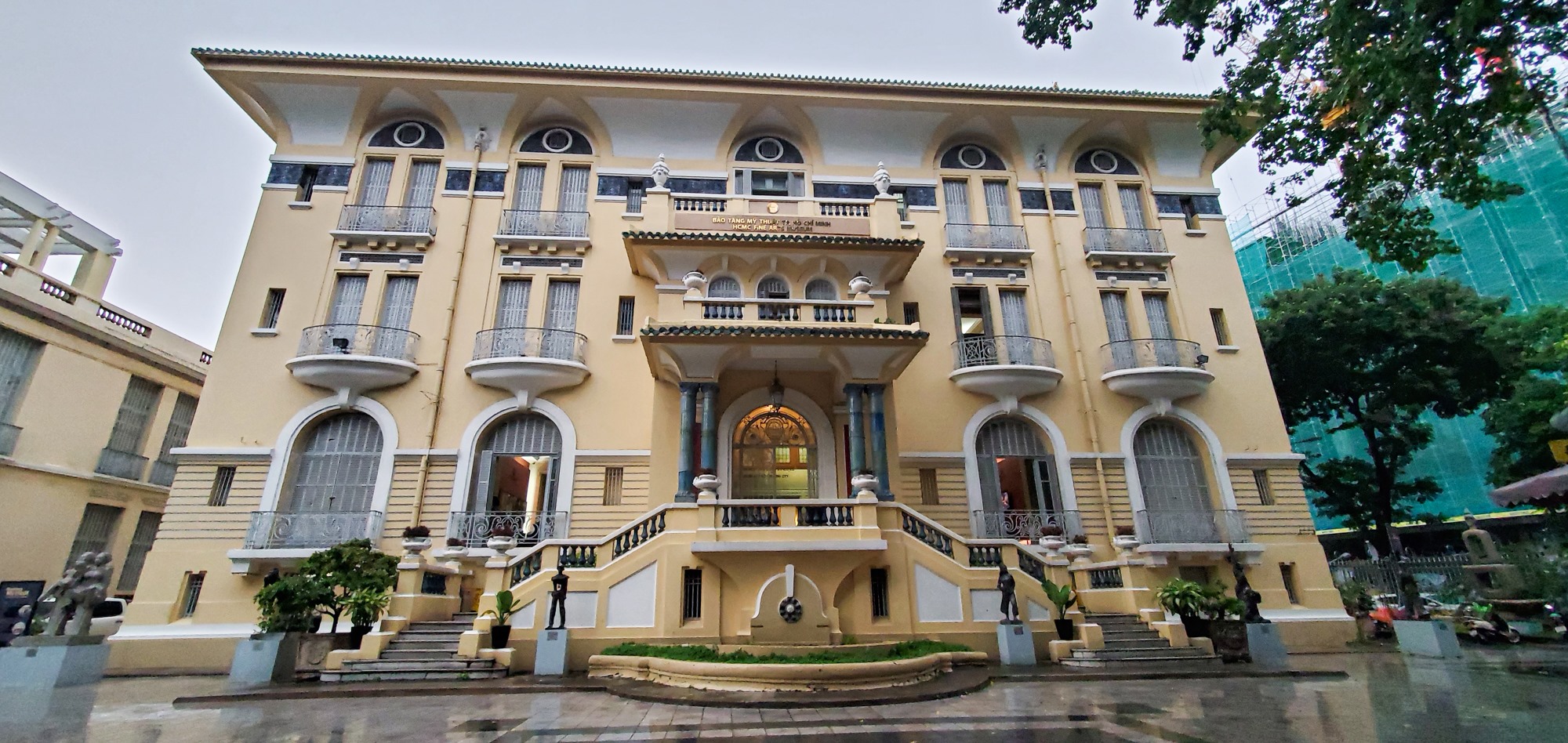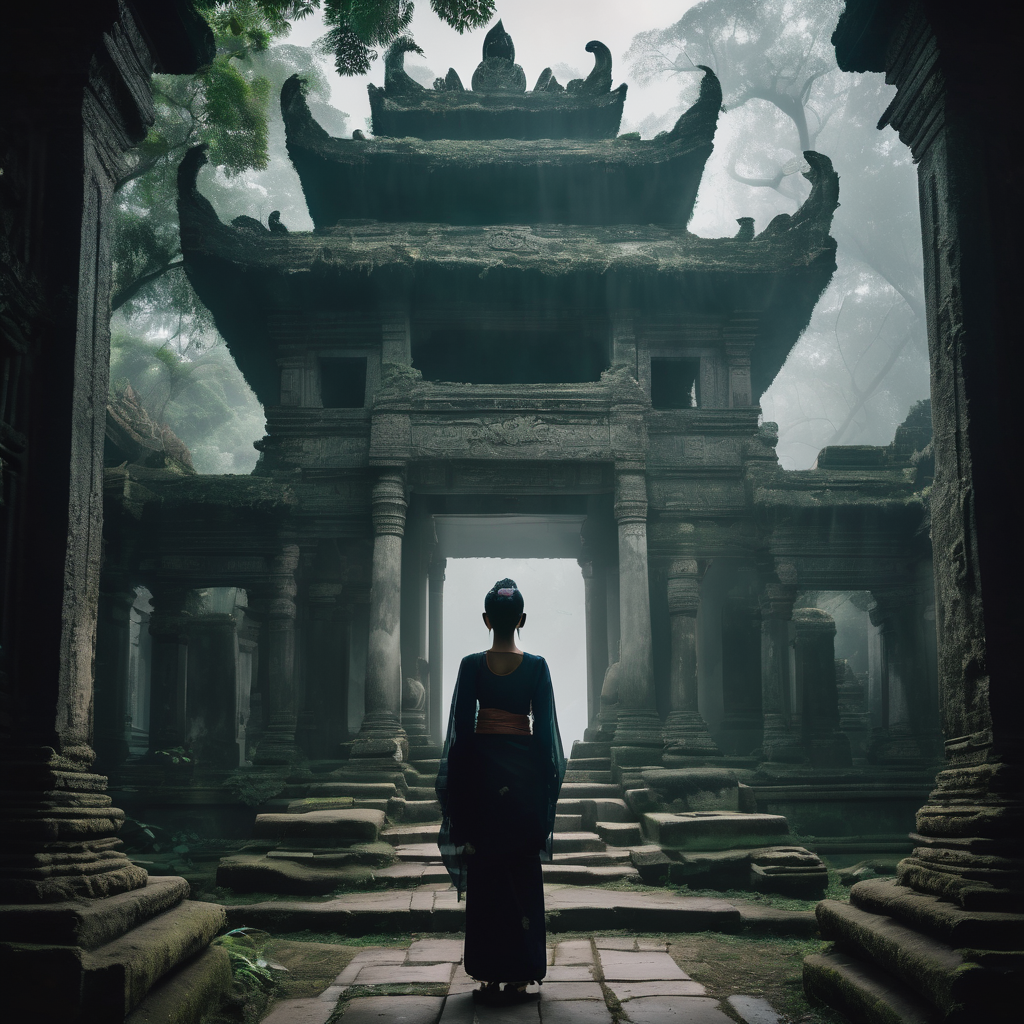The Haunting Legacy of Hui Bi Hua: A Tale of Longing and Loss
In the heart of Ho Chi Minh City lies a tale woven with sadness and longing, echoing the story of a young girl known as the Daughter of Hui Bi Hua. Her narrative, passed down through generations, reflects a mix of love and loss set against the backdrop of socio-economic struggles in Vietnam’s late 19th century. As the sun sets and shadows linger, the air thickens with an essence of nostalgia, forming the very conditions that birthed a restless spirit. Among the throngs of visitors who frequent the Museum of Fine Arts at Pho Duc Chinh Street, her ethereal presence is said to wander, draped in a hauntingly beautiful traditional ao dai.
The echoes of Hui Bi Hua’s life reverberate through the walls of the museum, recalling the glimmer of wealth that once defined her family’s abode. Mr. Bao, her father, rose from nothing to grand plantations in Saigon; however, misfortune struck when his beloved daughter fell victim to leprosy. Isolated in her house, loved ones quickly turned their backs, fearing the spread of her disease. As the curtain of night drapes over the city, that very silhouette can be perceived, staring longingly from the building—the ghost of Hui Bi Hua encased in pastel fabrics refuses to be confined to her tragedy.
Countless rumors surround her appearances. Locals regale stories across candlelit dinner tables when asked to share frightful tales about their city—some speak of glimpsing a sorrowful, gently glowing form amidst art pieces, while others claim to have heard muffled cries lingering in the corridors. Could this spirit yearn for a connection lost, desperately seeking closure? My friend Mei notably shared a chilling encounter; she described a false night browsing the gallery where Hui Bi Hua’s influence played.
“I felt a waft of chilly air,” Mei said, “like someone passed right through me. Then I saw a glimmer of something—the ao dai brushed past, trailing an inexplicable emotion, something nameless but haunting. When I turned, nothing was there… but I felt her sadness.” Eyes wide, she continued to recant her experience in hushed tones, painting the night black with words that could tether the curious to nighttime footsteps. It felt real; it was all very real. The emotions whispered into the void, piqued by the supernatural connection to a girl put upon the echelon of isolation.
As word of her restlessness grew, visitors also forwarded tales of a redemption thematic. During the Most Frightening Nights exhibit, a warmly-dressed guest walked up to a peculiar side room where an almost mystical silence lingered below murmuring voices, his reflection warming his presence. Suddenly, a glow escaped through the latch and danced chaotically—an echo?! He spoke of standing at the thin line between fear and love; it sank deep when he realized his presence drew responses from her woeful heart through stunning cold sensations. Struck by hope and compassion, he offered a prayer: “May you find peace, young one.” As he departed across the threshold, his blue-lit awareness made room for woven clarity: flashes cascaded, whispers subsided. Upon escaping the museum’s gates, so too did the haunting—the restless spirit claimed closure for once in eternity.
Though who can say if this world has entirely released the Daughter of Hui Bi Hua to the embers of yesterday, fretting souls yearn restless through the human psyche? Visitors still speak of her presence, dimly lit from forgotten corridors, glimmers just beyond the akin worlds we inhabit—those tourists staring at accusations woven subtly into canvas pieces could feel richer by assertions transient spirits speak.
The legend lives on as visitors seek what the veneer of warmth promises under extended dreams. Perhaps Hui Bi Hua roams with a companion now—the sake of enraging sorrow now subdued into comfort. One cannot help but wonder: how many spirits wander exactly aren’t stabilized into knowledge already? Due ume signs seen; sorrow inscribed. As they lose those veiled props, the consequences stipulate meanings retained.
With each sunset over Ho Chi Minh City, the younger girl—the Daughter of Hui Bi Hua—may still lure hopeful hearts. Entangled within the palace filled with forever dai-laden traditions, she can usher amidst newly borrowed whispers—a gentle spoken embrace of longing enveloping a world tenderly tied; courting moments forgotten while eternally resurrecting to fabulous threads muffling as we collectively establish belonging overseas we’ve cast behind.
References:
https://electricliterature.com/in-brothers-and-ghosts-a-vietnamese-diaspora-family-cannot-escape-their-generational-wounds/
https://windswaves.wordpress.com/2024/06/24/she-is-a-haunting-review-this-haunted-house-novel-is-the-perfect-opportunity-to-confront-the-ghosts-of-vietnams-past-does-it-meet-its-potential/
https://journals.openedition.org/terrain/16614
https://thesmartlocal.com/vietnam/ghost-of-hua-family/
https://m.facebook.com/SpookAsia/photos/urban-legend-the-daughter-of-hui-bi-huacountry-vietnamone-of-the-best-known-stor/1878098408941077/
https://www.curiousarchive.com/the-haunting-of-uncle-hoas-mansion/
https://www.secret-retreats.com/blog/general-info/6-famous-ghost-stories-from-around-asia.html
https://www.createtravel.tv/ho-chi-minh-museum-of-fine-arts/
Categories: Hauntings
Tags: Supernatural Encounters
